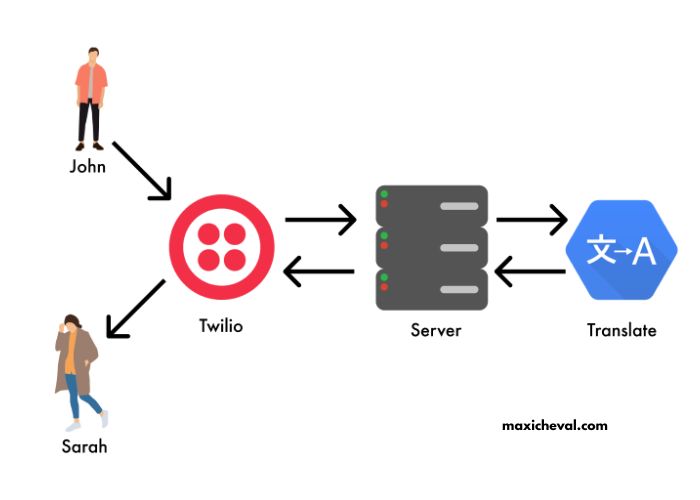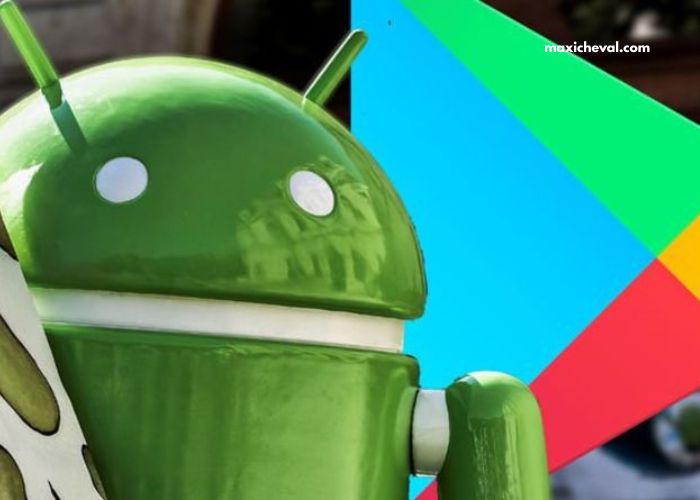Science fiction has always been a source of inspiration for technological advancements. The imaginative worlds created by authors and filmmakers have often served as blueprints for real-world innovations. From spaceships to artificial intelligence, the boundary between science fiction and reality has blurred over the years. In this article, we will take a fascinating journey through time, exploring how various tech marvels, once considered the stuff of science fiction, have evolved into the fabric of our daily lives.
The Rise of Space Exploration
One of the most iconic examples of technology transitioning from sci-fi to reality is space exploration. From Jules Verne’s “From the Earth to the Moon” to Arthur C. Clarke’s “2001: A Space Odyssey,” science fiction literature and films have long envisioned humans traveling beyond Earth’s atmosphere. Today, space exploration has evolved from fiction to a multi-billion-dollar industry.
The pivotal moment came in 1969 when NASA’s Apollo 11 mission successfully landed humans on the Moon. This historic event, watched by millions worldwide, marked the beginning of a new era in space exploration. Since then, various space agencies and private companies have continued to push the boundaries of space technology.
The International Space Station (ISS) stands as a testament to the convergence of science fiction and reality. It is a habitable space station orbiting Earth, a collaborative effort involving multiple countries. The ISS has hosted astronauts from around the world and has become a hub for scientific research and experimentation. Science fiction writers of the past could only dream of such a marvel.
Moreover, private companies like SpaceX, Blue Origin, and Virgin Galactic are pioneering the commercialization of space travel, bringing us closer to the vision of sci-fi classics where space tourism is a common occurrence. These developments in space technology are not just a testament to human ingenuity but also a testament to the power of imaginative storytelling to inspire real-world innovation.
Artificial Intelligence: From HAL 9000 to Siri
Artificial Intelligence (AI) is another area where science fiction has had a profound impact on reality. The concept of intelligent machines has been a staple of science fiction for decades. Perhaps one of the most famous fictional AI entities is HAL 9000 from “2001: A Space Odyssey.” HAL’s ability to interact with humans and control spacecraft was both awe-inspiring and unsettling.
In the real world, AI has made significant strides, and while we don’t have sentient, rogue AIs like HAL, we do have powerful AI systems that have become integral to our lives. Virtual assistants like Siri, Alexa, and Google Assistant are prime examples. These AI-powered virtual assistants can answer questions, perform tasks, and even engage in natural language conversations with users.
AI has also revolutionized industries like healthcare, finance, and transportation. Machine learning algorithms can analyze medical data to assist in diagnosing diseases, predict stock market trends, and enable self-driving cars. The evolution of AI from science fiction’s fantastical notions to practical, everyday tools is a testament to human innovation.
The Smartphone Revolution
In the mid-20th century, science fiction often depicted futuristic communication devices. Perhaps the most famous of these is the communicator from “Star Trek,” a handheld device that allowed crew members to communicate across vast distances. Today, we have smartphones that not only allow us to communicate but also serve as powerful computers, cameras, and entertainment devices.
The evolution of the smartphone has been rapid and transformative. The first commercially available smartphone, the IBM Simon Personal Communicator, was introduced in 1994. It had basic features like email, a calendar, and a touchscreen interface. Fast forward to the present, and smartphones are an indispensable part of modern life, with features and capabilities that were once the stuff of science fiction.
Smartphones now have high-resolution displays, advanced cameras, and processing power that rivals some laptops. They connect us to the internet, enable video calls, and provide access to a vast array of apps for everything from navigation to entertainment. The science fiction vision of a portable, multifunctional communication device has become a reality, shaping how we work, play, and connect with one another.
Nanotechnology: Building at the Molecular Level
Nanotechnology is a field that explores materials and devices at the nanoscale, often with dimensions of 1 to 100 nanometers. It’s an area where science fiction has long been a source of inspiration for scientists and engineers. The concept of building and manipulating matter at the atomic and molecular level has been a recurring theme in sci-fi literature and films.
In Michael Crichton’s novel “Prey,” self-replicating nanobots run amok, illustrating both the potential and risks associated with nanotechnology. While we haven’t experienced self-replicating nanobots, we have made significant advancements in this field.
Nanotechnology has practical applications in various industries, including medicine, electronics, and materials science. In medicine, nanoparticles can deliver drugs directly to cancer cells, minimizing side effects. In electronics, nanoscale transistors enable the creation of smaller, faster, and more efficient computer chips. In materials science, nanomaterials exhibit unique properties, such as increased strength and conductivity.
Furthermore, the development of 3D printing technology at the nanoscale opens up new possibilities for manufacturing. Scientists can now create intricate structures with incredible precision. These developments in nanotechnology, while not yet at the level of sci-fi fantasies, demonstrate the potential for building and manipulating matter at an unprecedented scale.
Renewable Energy: Harnessing the Power of the Sun
The idea of harnessing renewable energy sources, such as solar power, has been a recurring theme in science fiction. Authors and filmmakers have often imagined a future where clean, limitless energy is readily available to power our world. Today, solar power is no longer a dream but a rapidly growing reality.
Advancements in solar technology have made it increasingly accessible and cost-effective. Solar panels, once considered exotic and expensive, are now commonplace on rooftops and in solar farms around the world. These panels convert sunlight into electricity, providing a clean and sustainable energy source.
Moreover, solar power is not limited to Earth alone. In space exploration, solar panels have been used to power spacecraft, including the Mars rovers and satellites. This application of solar technology in space demonstrates the real-world impact of science fiction ideas.
Virtual and Augmented Reality
Virtual Reality (VR) and Augmented Reality (AR) are technologies that have their roots in science fiction. Authors like William Gibson and Neal Stephenson explored virtual worlds long before VR headsets became a reality. In the realm of augmented reality, the concept of overlaying digital information onto the real world has been a recurring theme in sci-fi, as seen in works like “Snow Crash” by Neal Stephenson.
Today, VR and AR have found applications in various industries, from gaming and entertainment to healthcare and education. VR headsets can transport users to immersive digital environments, while AR glasses like Google Glass can provide real-time information in a hands-free manner.
The gaming industry, in particular, has embraced VR, creating immersive and interactive experiences that were once the stuff of science fiction. VR allows players to step into virtual worlds and interact with them in ways that were previously unimaginable. The convergence of VR and AR technologies is also opening up new possibilities in fields like telemedicine, where doctors can perform remote surgeries with the assistance of augmented reality overlays.




